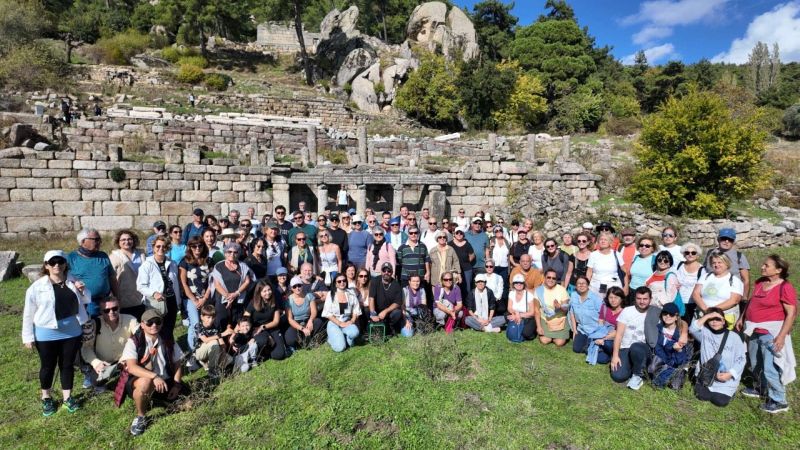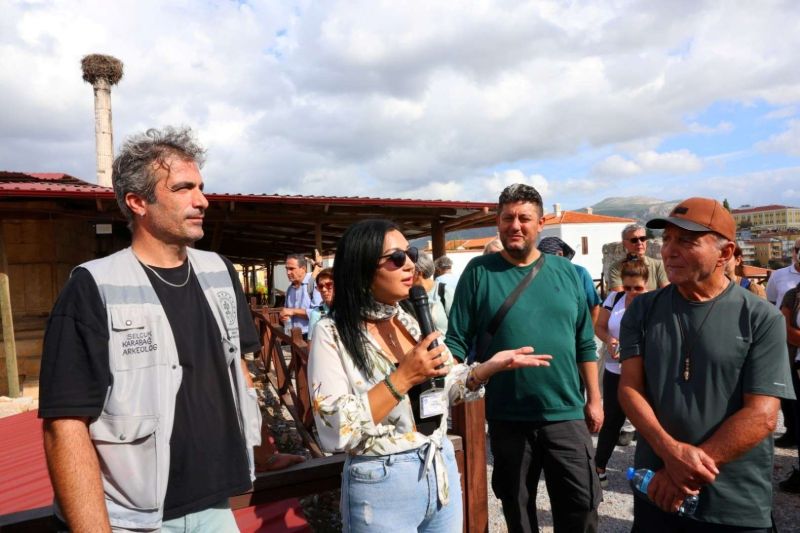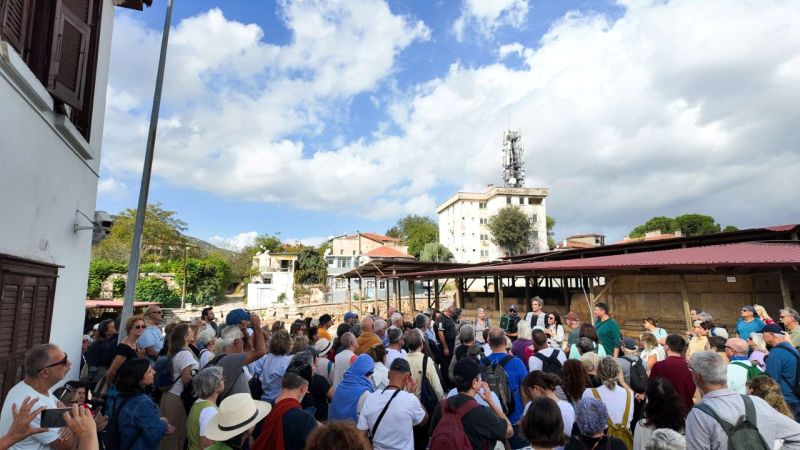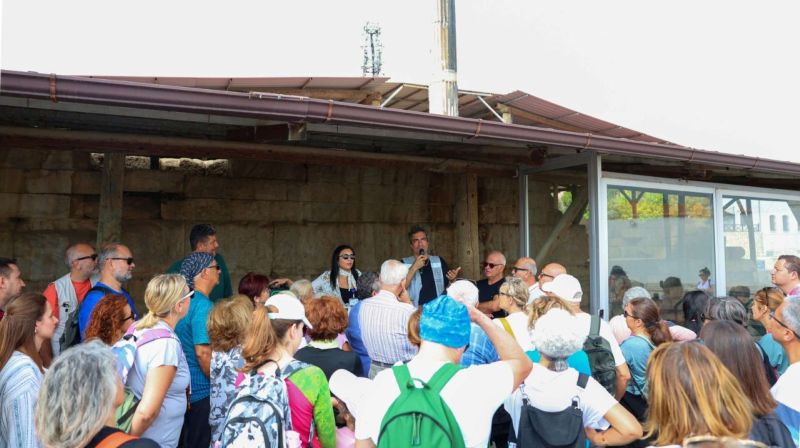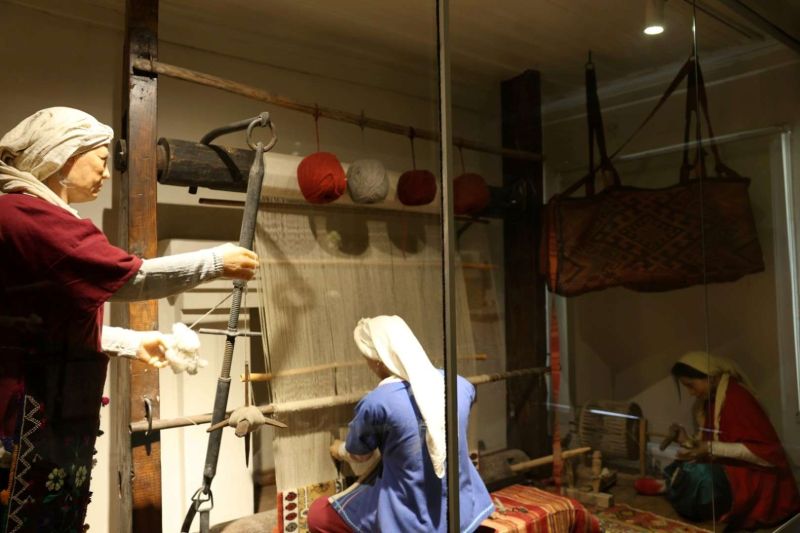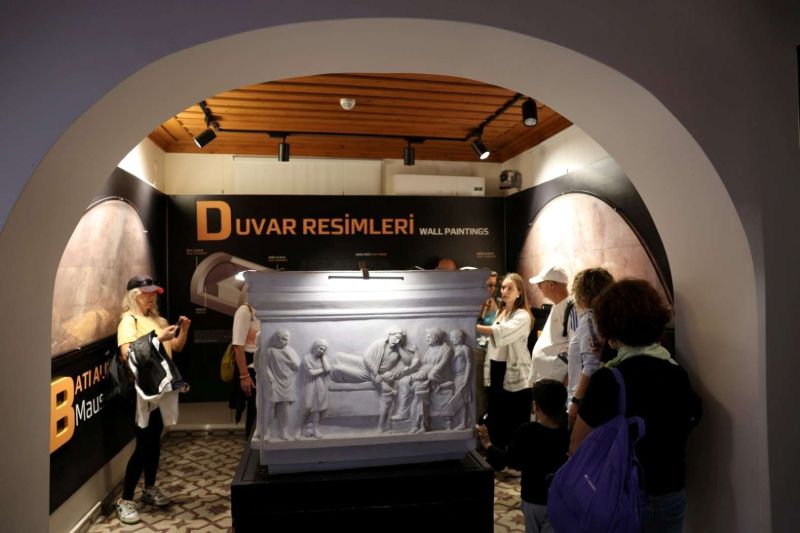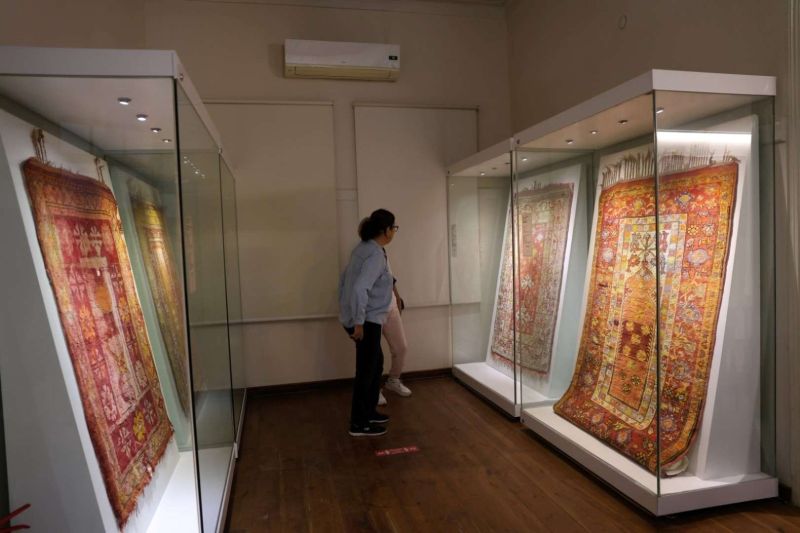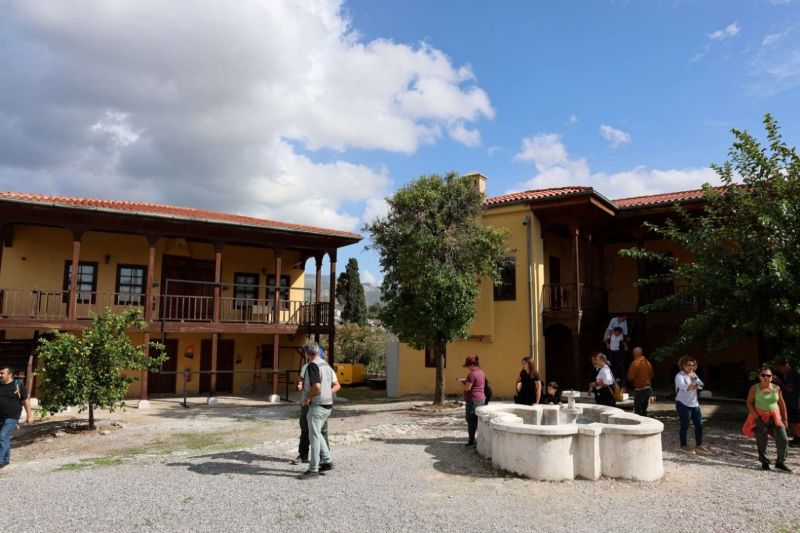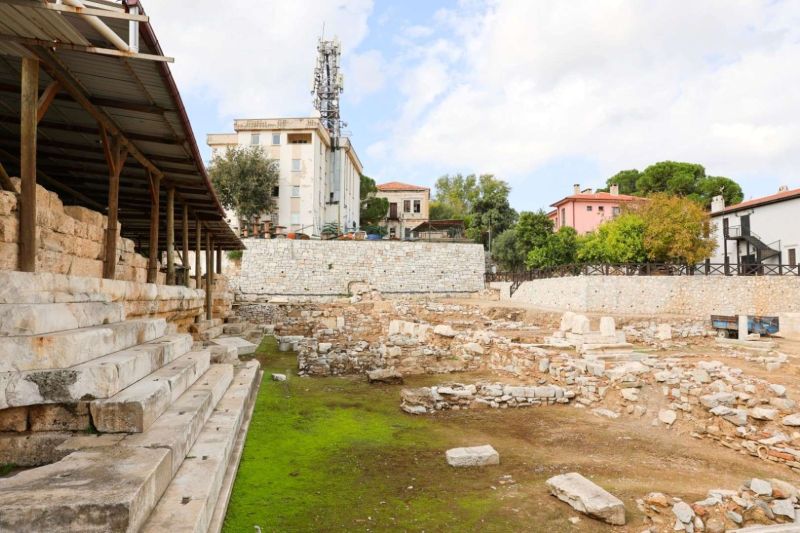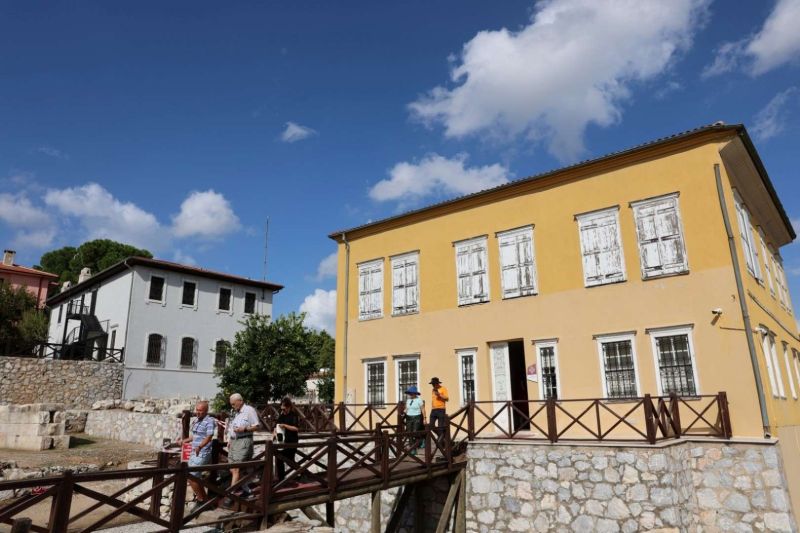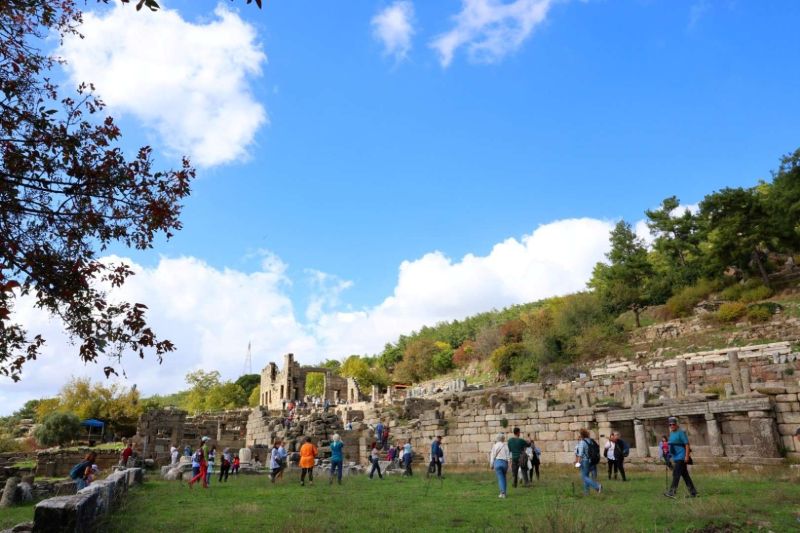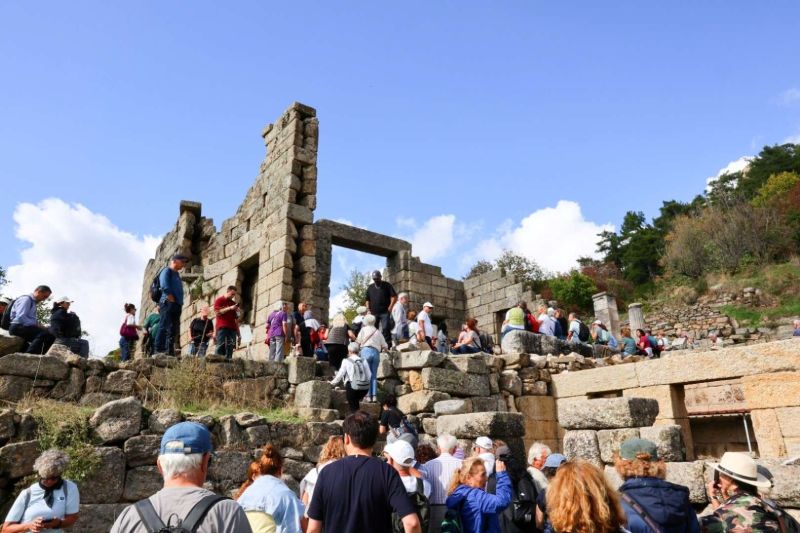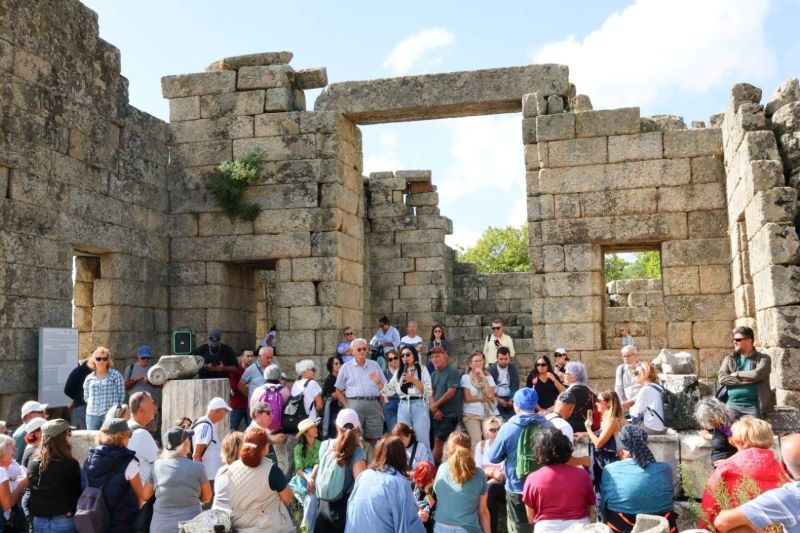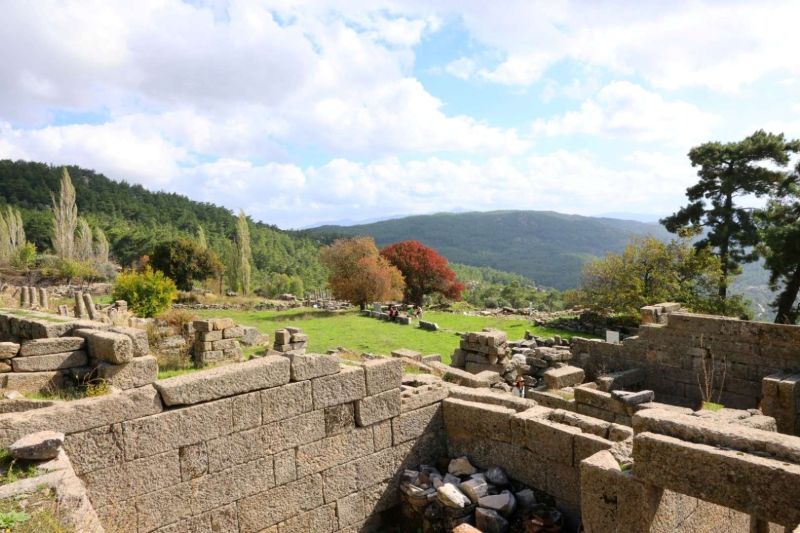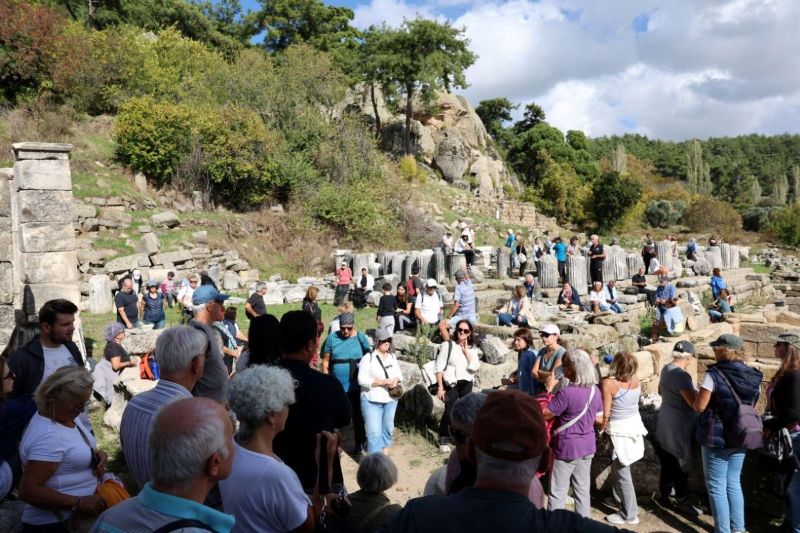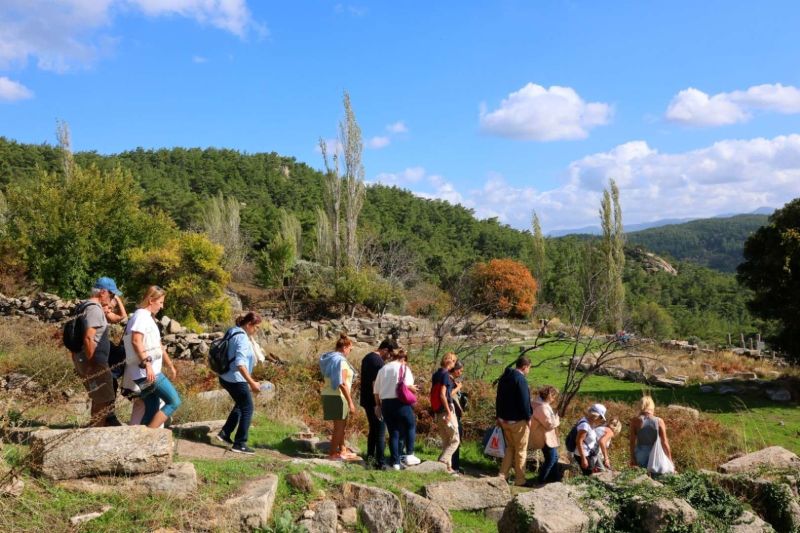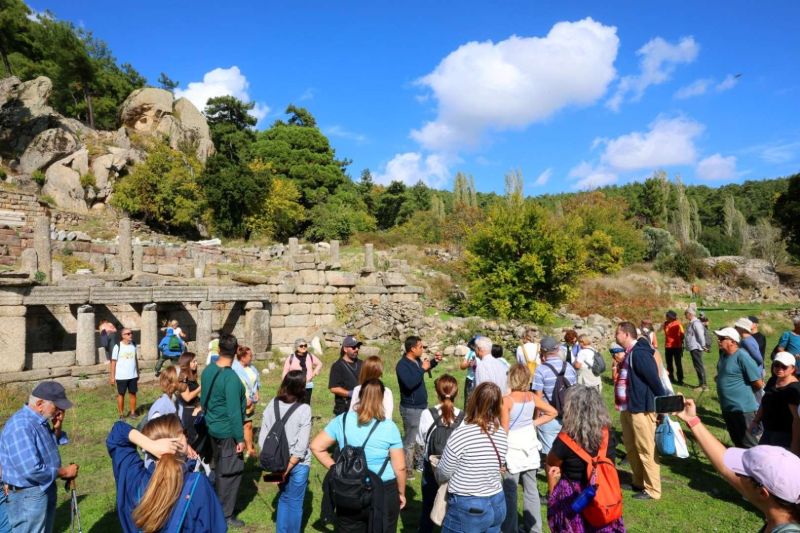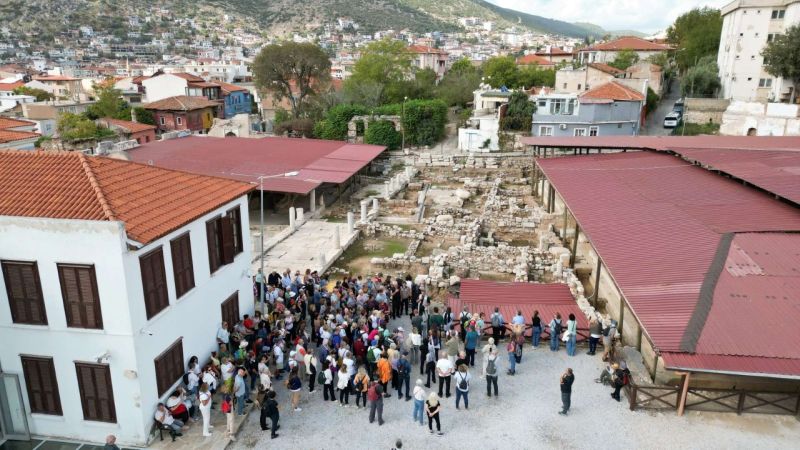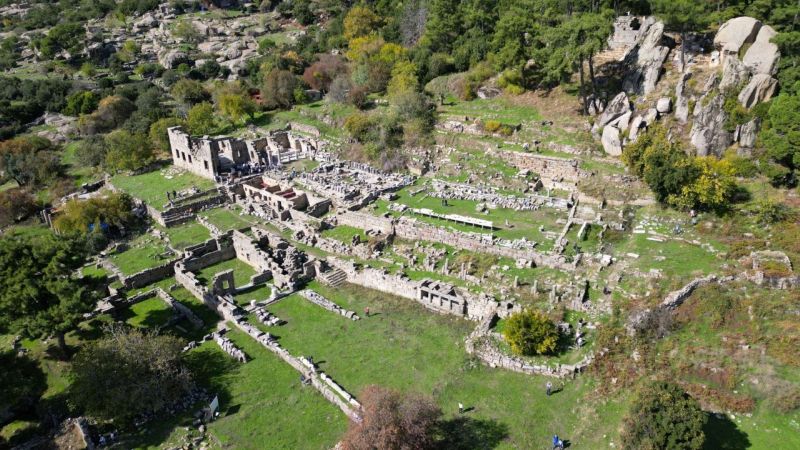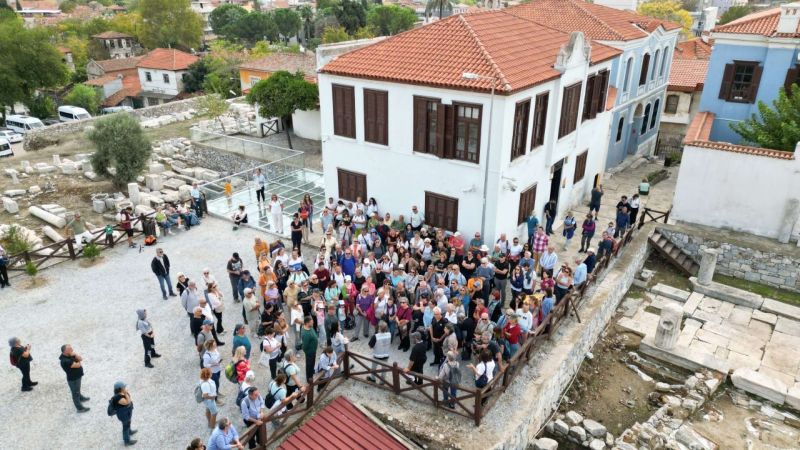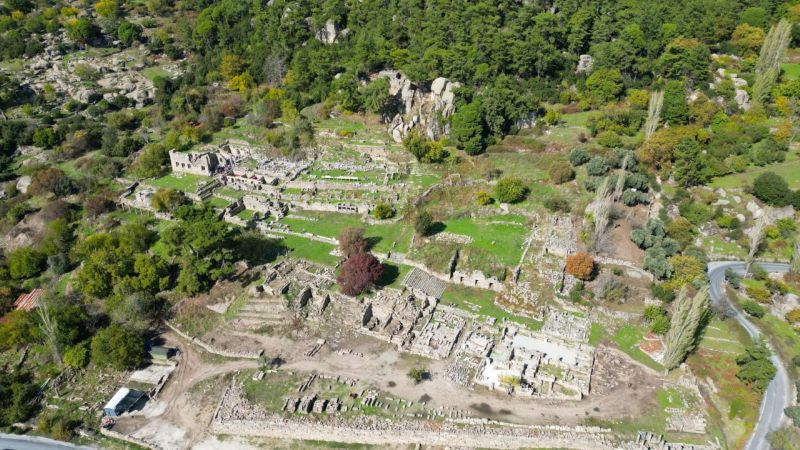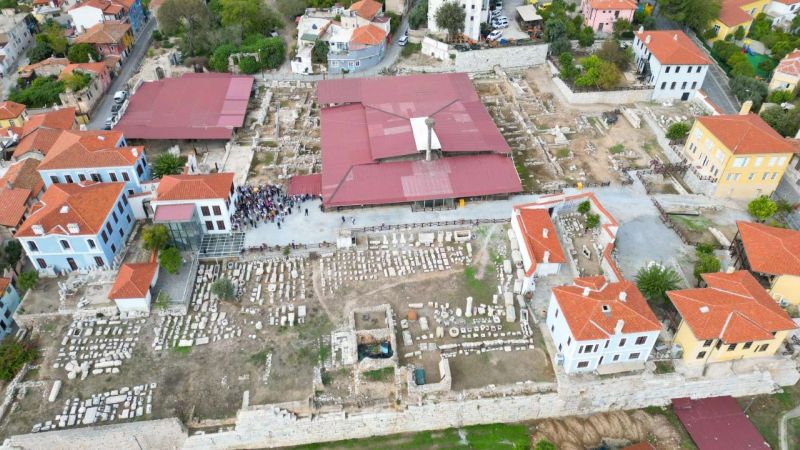News
FROM MYLASA TO HALIKARNASSOS: CULTURAL & NATURE WALK BRINGS HISTORY TO LIFE
27.10.2025
Tracing Ancient Paths: The Story of Maussollos Revisited
The “Migration Route of Maussollos” aims to revive the shared history of Milas and Bodrum by tracing the path of the ancient Karia ruler who transformed Halikarnassos into a thriving capital of art, architecture, and culture.
From Mylasa to Halikarnassos: Cultural and Nature Walk Celebrates Karia’s Ancient Heritage
Bodrum Municipality, in collaboration with Milas Municipality and the Milas Museum, organised a joint cultural and nature walk along “The Migration Route of Maussollos, from Mylasa to Halikarnassos.”.
The event, held on 25 October, was coordinated by the Pedasa and Leleg Civilisation Research and Implementation Unit of the Bodrum Municipality’s Directorate of Culture and Social Affairs. The walk attracted nearly 300 participants, including municipal staff from both Bodrum and Milas, members of Milas Municipality’s KUDEB and City Archive teams, the Milas City Council, and local residents.
A Journey Through the Heart of Ancient Karia
The programme began at the Uzunyuva Monumental Tomb and Museum Complex in Milas, where archaeologist Serap Topaloğlu from Bodrum Municipality briefed attendees on previous cultural and nature walks and the aims of this new route.
Topaloğlu expressed gratitude to Bodrum Mayor Tamer Mandalinci, Milas Mayor Fevzi Topuz, and the teams from both municipalities for their support, and explained the cultural importance of the route:
“Milas and Bodrum were the twin capitals of Karia. Today, we stand in the homeland of Maussollos. Many may have visited these cities separately, but our goal is to tell their story as one, from the Hekatomnid dynasty’s first settlement in Kyndia, through Mylasa, to Maussollos’ visionary relocation to Halikarnassos in the 4th century BCE. This move was not merely geographical; it marked a political and cultural renaissance. The route we’re walking symbolises that journey, linking two ancient capitals that share the same historical soul.”
Archaeological Insights Along the Route
Following the opening, Archaeologist Selçuk Karabağ of the Milas Museum presented the site’s historical background and recent excavation works at Uzunyuva.
Participants then continued to the sacred site of Labranda, accompanied by archaeologists Ekrem Cengiz and Serap Topaloğlu, who shared detailed insights into the sanctuary’s ancient architecture and its significance as a major Hekatomnid cult centre.
Connecting People, Nature and the Past
The walk provided a vivid experience where history, culture, and nature intersected, allowing participants to reconnect with the region’s rich archaeological heritage. Attendees expressed appreciation for the event and encouraged the continuation of similar initiatives to strengthen cultural awareness and heritage tourism across the Karia region.
